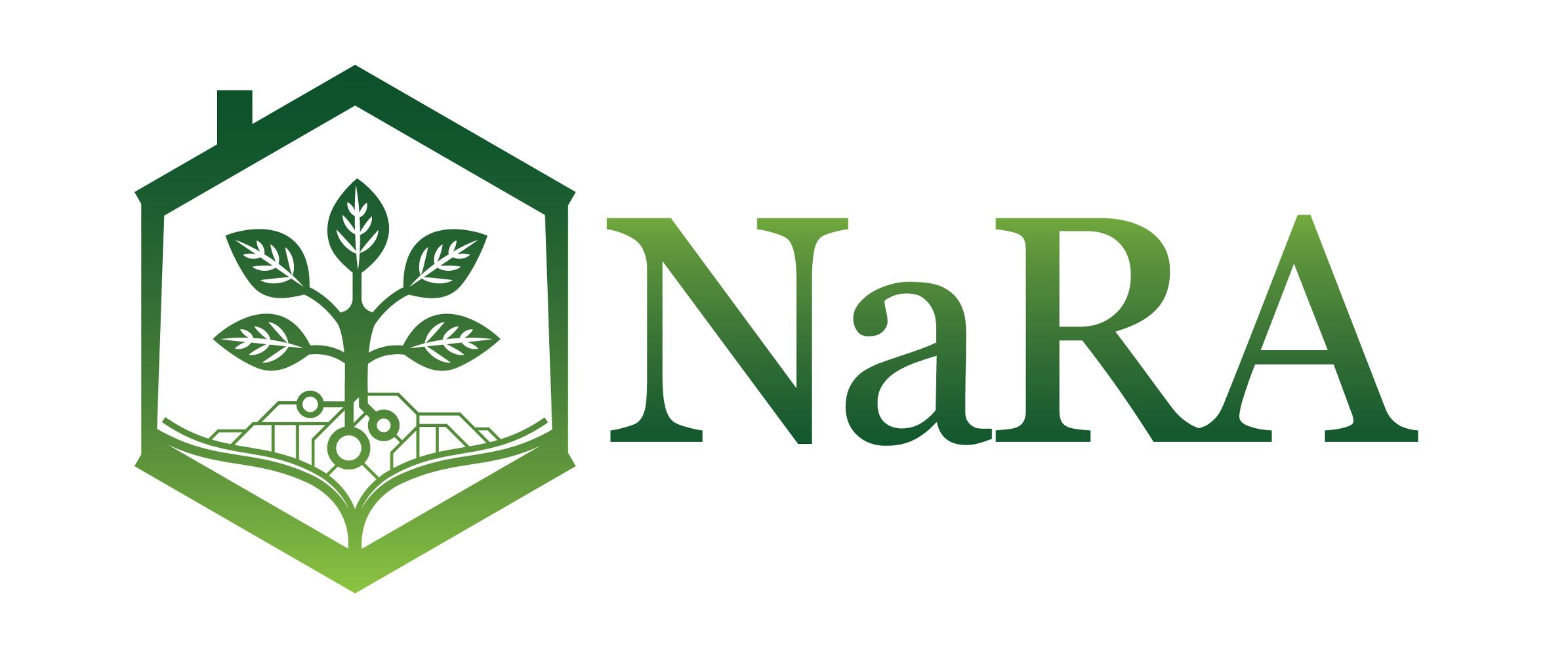Energy Efficiency Assessment of Micro Irrigation
Energetska efikasnost sistema mikro-navodnjavanja
| dc.contributor.author | Malunjkar, Vaibhav | |
| dc.contributor.author | Deshmukh, Santosh | |
| dc.date.accessioned | 2015-04-14T15:28:20Z | |
| dc.date.available | 2015-04-14T15:28:20Z | |
| dc.identifier.uri | http://arhiva.nara.ac.rs/handle/123456789/573 | |
| dc.description.abstract | In India, variation in crop yield is occurs due to wide variation in energy inputs, agro-climatic conditions, and different resources used. Keeping this in view, a study has been carried out to find the energy efficiency of micro irrigation. The field experiment was carried out with drip method of irrigation (DMI) and conventional method of irrigation (CMI) at 100 per cent ET at two locations in Jalgaon district of Maharashtra during 2009-’10. The irrigation water requirement of the banana crop was noticed minimum in DMI compared to CMI treatment indicating 35.14 and 29.24 per cent water saving and 38.96 and 33.41 per cent electricity saving in experimental and farmer’s fields, respectively. Early flowering and harvesting was noticed with reduction in growth period in DMI against CMI. The banana yields in DMI were (72.6 and 67.4 t•ha-1) higher against CMI (59.1 and 52.5 t•ha-1) under experimental and farmer’s fields, respectively. In DMI about 32.70 and 29.99 per cent input energy savings and 19.73 and 14.09 per cent increase in output energy were noticed against CMI. Also, the higher energy efficiency of 13.5 and 12 was noticed in DMI as compared to CMI (7.6 and 7.4). In both the fields, 17.01 and 20.36 per cent higher BC ratios were recorded in DMI (2.27 and 2.01) over CMI (1.94 and 1.67). The present study reveals that drip irrigation has a definite role in minimizing the energy use in terms of water and electricity as well as reducing the impacts of climate change in Indian agriculture. | en |
| dc.description.abstract | U Indiji, na prinos ratarskih kultura utiču agro-klimatski uslovi regiona, tehnologija gajenja i utrošena energija putem repromaterijala, navodnjavanja, tehničkih sistema i ljudskog rada. Imajući sve ovo u vidu, sprovedeno je istraživanje na polju potrošnje energije putem mikrosistema za navodnjavanje. Poljsko ispitivanje je podrazumevalo dva tipa sistema i to sistem mikrokapanja (DMI) i konvencionalni sistem navodnjavanja (CMI) sa 100% ET na dve lokacije u Jalgaon-u u okrugu Maharashtra tokom 2009 i 2010. Kod useva banane je, u sistemu DMI bila minimalna potrošnja vode u poređenju sa CMI sistemom, sa 35.14 i 29.24 % uštedom vode i 38.96 i 33.41% uštedom električne energije, na eksperimentalnom polju i kod farmera redom. U DMI sistemu je registrovano ranije cvetanje i ubiranje kao i skraćenje perioda do ubiranja, u poređenju sa CMI sistemom. Prinos banana u DMI sistemu je, takođe, bio viši u poređenju sa CMI sistemu. Ostvareni prinosi su bili 72.6 i 67.4 t•ha-1 i u CMI sistemu 59.1 i 52.5 t•ha-1, na eksperimentalnom polju i kod farmera, redom. U DMI sistemu je ostvareno 32.70 i 29.99% uštede u energiji sa istovremenim porastom energetskog output-a za 19.73 i 14.09% u poređenju sa CMI. Energetska efikasnost u DMI sistemu je takođe bila viša u poređenju sa CMI sistemom. U DMI sistemu ostvaren je porast energetske efikasnosti za 13.5. i 12% dok su u CMI sistemu te vrednosti iznosile 7.6 i 7.4. Na oba polja je registrovan viši BC u slučaju DMI sistema. Prikazana studija ukazuje da se primenom drip irigacije mogu ostvariti zanačajne uštede u energiji u smislu smanjenja potrošnje vode i niže potrošnje električne energije. Ovim sistemom navodnjavanja se može umanjiti uticaj klimatskih promena u Indijskoj poljoprivredi. | sr |
| dc.subject | banana (Musa sp.) | sr |
| dc.subject | drip irrigation | en |
| dc.subject | energy consumption | en |
| dc.subject | efficiency and CO2 emission | en |
| dc.subject | banana (Musa, sp) | sr |
| dc.subject | mirko-navodnjavanje kapanjem | sr |
| dc.subject | potrošnja energije | sr |
| dc.subject | efikasnost i CO2 emisija | sr |
| dc.title | Energy Efficiency Assessment of Micro Irrigation | en |
| dc.title.alternative | Energetska efikasnost sistema mikro-navodnjavanja | sr |
Files in this item
This item appears in the following Collection(s)
-
Issue 2015-1.
www.jageng.agrif.bg.ac.rs/files/casopis/PT_01-2015.pdf



